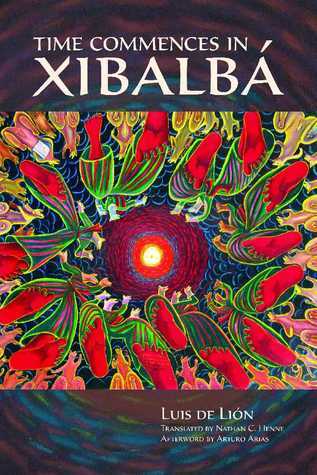What do you think?
Rate this book


119 pages, Paperback
First published January 1, 1985

“…en la ciudá [sic] los hombres de aquí buscan en las ladinas la cara de la Virgen, aquí buscan en la Virgen la cara de las ladinas. Por eso la Virgen es la Reina, y ellas la Niña tal, la Seño tal. En cambio nosotras somos la Juana, la Concha, la Venancia. ¡Las gallinas del patio!”
“Llegó como jugando, brincando por todas partes, sacudiéndoles los pantalones tierrosos a los hombres cansados, aburridos, asueñados; rascándoles la panza a los patojos; metiéndose debajo de las naguas de las mujeres, lamiéndoles las canillas chorriadas [sic], estacudas. –Ve qué aire más baboso– dijo una.”